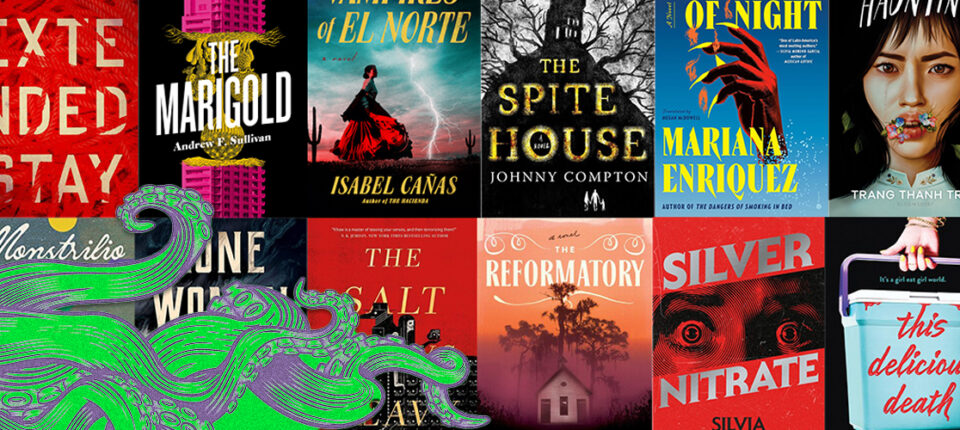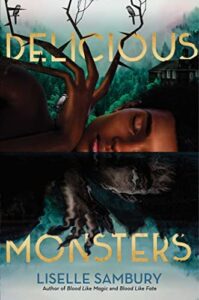This year brings far too many good horror novels to list them all by name, but here are a few that I’m looking forward to, and that capture a wide variety of takes on the genre at a time when horror fiction is undergoing somewhat of a renaissance. Strongly represented in the following offerings are haunted buildings of various kinds, from houses to hotels to luxury apartment buildings, along with plenty of authors blending historical and horror. Other than that, it’s hard to spot trends, other than compelling narratives and innovative use of genre conventions. Enjoy!

Juan Martinez, Extended Stay
(University of Arizona Press, January 17)
El Norte meets Barton Fink in this hotel horror. Two siblings flee from Colombia to the United States and end up at a dingy hotel in Las Vegas where strange figures lurk in the corridors and monsters feed off of the sorrow of the most vulnerable. What follows is both a brilliant horror novel and a sharp critique of capitalism and exploitation.
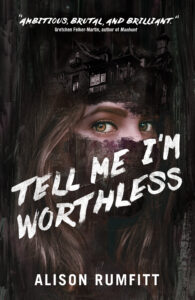
Alison Rumfitt, Tell Me I’m Worthless
(Tor Nightfire, January 17)
In this intense haunted house story, three girls spend a night in a property cursed by the hatred and violence of those who first occupied its grounds. One is trapped in the house forever, and the other two barely escape, the house’s dark powers having revealed both their vulnerabilities and hatreds to each other. Rumfitt uses body horror and the tropes of the haunted house skillfully to explore the trans experience in an England full of terfs, and Tell Me I’m Worthless contains a strong anti-fascist message for a nation beset by growing prejudices.
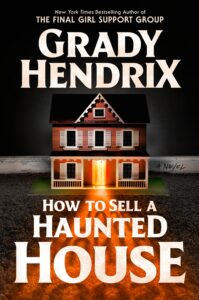
Grady Hendrix, How to Sell a Haunted House
(Berkley, January 17)
I am not exaggerating when I say that Grady Hendrix’s Paperbacks from Hell newsletter saved me from losing my sense of humor during the pandemic. His hilarious, metatextual horror fiction is absurdly entertaining, and his new novel, How to Sell a Haunted House, promises to skewer the tropes of hauntings while paying homage to a long history of supernaturally possessed homes. And in a country beset by widely aging housing stock, this book is probably more practical than any of us would like to admit.
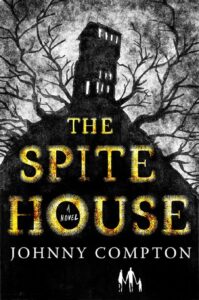
Johnny Compton, Spite House
(Tor Nightfire, February 7)
Eric Ross and his two daughters are on the run and looking to settle down somewhere where they won’t be too scrutinized. Enter the Spite House, a haunted house on a hill overlooking an abandoned orphanage, whose owner is looking for a new caretaker to help prove definitely that the house is occupied by ghosts. If Eric can stay in the house long enough to get proof of paranormal activity, he and his daughters will receive enough funds to go completely off the grid. But given the home’s propensity to rob its previous caretakers of their sanity, it’s a toss-up—will Eric find safety for his family, or has he placed them in more danger than ever before? Another great entry into the horror revival, and one of several gothic works on this list by Black authors.
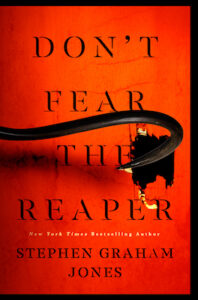
Stephen Graham Jones, Don’t Fear the Reaper
(Saga, February 7)
Stephen Graham Jones blew me away with the first in his Indian Lake trilogy, My Heart is a Chainsaw, and Don’t Fear the Reaper is, if you can believe it, even better than the first! Jade is back, now in her 20s, as a killer and a snowstorm converge on the town of Proofrock and another massacre looms. Can Jade stop the serial killer Dark Mill South before he finishes taking vengeance for 38 Lakota men killed in the 19th century? The fast-paced novel takes place over only a day and a half, and you’ll want to read it just as quickly.
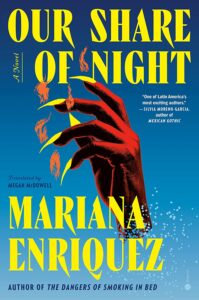
Mariana Enriquez, Our Share of Night
(Hogarth, February 7)
What a strange and luminous novel. Mariana Enriquez stunned with her collection The Dangers of Smoking in Bed, and Our Share of Night is just as fantastic (and fantastical). Beginning in Argentina in the years of the dictatorship, Our Share of Night follows a father and son on a grief-driven road trip as they mourn the loss of the woman who united them, her dangerous (and possibly immortal) family close in pursuit. A dark vampiric noir that heralds a new era in South American horror.
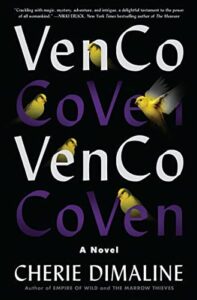
Cherie Dimaline, VenCo
(William Morrow, February 7)
If you loved the third season of American Horror Story, or just rode the wave of new witch books out this past year, then VenCo is for you! A millennial Metis woman finds a tarnished silver spoon in her wall that allows her to access indigenous magic and connects her to a host of witches hiding in plain sight.
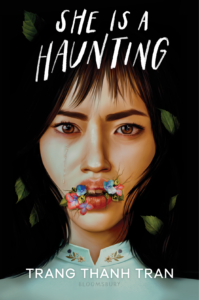
Trang Thanh Tran, She Is a Haunting
(Bloomsbury, February 28)
So many good haunted houses out this year. This one has a fantastic setup: in She Is a Haunting, a young woman goes to live at her father’s home in Vietnam before college, only to find her family being devoured by the colonialism still hidden in the decaying estate’s walls. She Is a Haunting reads like Mexican Gothic meets Margurite Duras, for a haunting literary horror novel fully situated in its historical milieu. Also, in case the cover design didn’t warn you, there are bugs. Lots of bugs.
Liselle Sambury, Delicious Monsters
(Margaret H. McElderry, February 28)
In the recent past, a girl who can see ghosts inherits a house that is haunted, then disappears. In the present, a girl who has a complicated relationship with her exploitative mother moves into a mansion with supposedly healing energy and a secretly sordid past. When she learns of her new home’s history, Sambury’s protagonist starts to delve into the home’s crimes against its previous residents for her investigative podcast, and hopefully bring down her mother’s self-help empire.
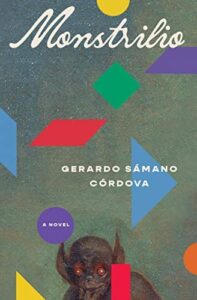
Gerardo Sámano Córdova, Monstrilio
(Zando, March 7)
Part of a new wave of haunted house horror that continues to expand and redefine the genre, Monstrilio is about a woman who creates a monster from a piece of her dead son’s lung, feeding it bloody sacrifices as it grows into the image of her long-gone child. Her monstrilio is loved, cared for, and wholly monstrous. But are not the monsters among us also capable (and deserving) of love? Read this if you liked Sarah Gailey’s Just Like Home!
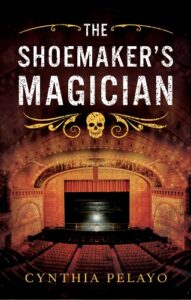
Cynthia Pelayo, The Shoemaker’s Magician
(Agora, March 21)
In the second book of Pelayo’s Chicago Saga, an old movie palace and an icon of horror film culture may be the keys to solving a gruesome new homicide. Pelayo brings out the city’s gothic culture with loving care and plots an invigorating mystery with compelling characters. –DM
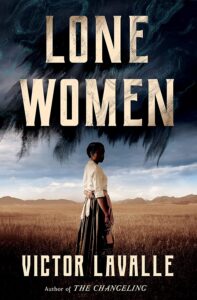
Victor LaValle, Lone Women
(One World, March 28)
Adelaide Henry is the last of her line, burdened with a curse that she lugs across half the continental United States from warm California to freezing Montana. There, she finds friendship, companionship, and a fresh start, but will she be able to control whatever lurks in her strangely heavy steam-trunk? Lone Women is a searing and unsettling mixture of historical detail, western imagery, and terrifying twists and turns, from an author who continues to reinvent horror with every page.
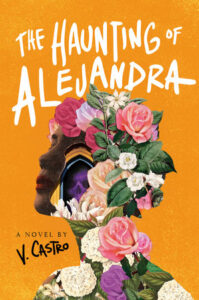
V. Castro, The Haunting of Alejandra
(Del Rey, April 18)
V. Castro’s heroine is haunted by the spirit of La Llorena—or, at least, an ancient evil that has found a way to embody a folk legend. She must go to a curandera and process her personal and generational trauma before she can even hope to be free of the demon possessing her, in what also functions as a perfect metaphor for clearing the fog of depression and seeing the societal structures and history that contribute to our present-day malaise.
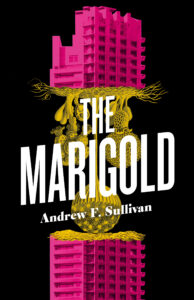
Andrew Sullivan, The Marigold
(ECW, April 18)
An evil apartment complex is the setting for this gentrification horror, complete with shoddy construction, rampant corruption, and a mold infestation that may have a mind of its own. The Marigold is a half-sold luxury apartment building; next to it are the foundations of the as-yet unbuilt Marigold II, where something monstrous lurks in the depths…A satirical take on luxury living that should evoke High Rise.
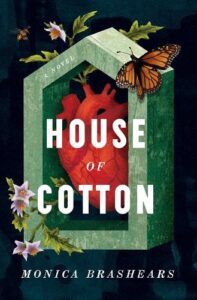
Monica Brashears, House of Cotton
(Flatiron, April 4)
In this photography horror novel, Monica Brashears’ 19-year-old narrator is broke, working a dead-end job, and newly suffering the loss of her grandmother, the most important adult figure in her life, when she gets a strange offer from the owner of a funeral home: come model for him as he creates experiences for those who are having a hard time saying goodbye to the dead. What follows is a haunting and sly Southern Gothic with plenty of things to say about race, gender, and appropriation.
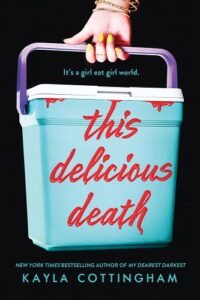
Kayla Cottingham, This Delicious Death
(Sourcebooks Fire, April 25)
Years after a virus known as the Hollowing turns a subsection of the population into cannibals, the invention of synthetic organs have stabilized the survivors and allowed them to reintegrate into society. Four “Hollow” girls from SoCal are ready to party the summer before college and headed to a music festival in the desert, but once they arrive, they soon find out they’re not welcome, and may even be framed for murder. So yeah. Queer zombies at Burning Man. Otherwise known as the perfect set-up for a novel, or my future Halloween costume.

Cassandra Khaw, The Salt Grows Heavy
(Tor Nightfire, May 2)
What if Ariel laid eggs and then her monstrous daughters laid waste to the entire kingdom? A mermaid, her daughters, and a plague doctor (the only creature spared in the massacre) go on a wintry journey in which they encounter a disturbing village that evokes the darkest of the original Grimm’s fairy tales. Khaw’s prose is visceral, disturbing and beautiful in equal measure.
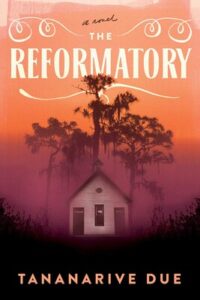
Tananarive Due, The Reformatory
(Saga, June 27)
Tananarive Due is one of the greatest living horror writers, and her new book blends her signature style with an exploration into a very personal trauma: Due’s great-uncle was one of many Black children harmed by the Florida reform school known as the Dozier School for Boys, and The Reformatory takes readers into the nightmare that was the school circa 1950. Sure to be as powerful as it is haunting.
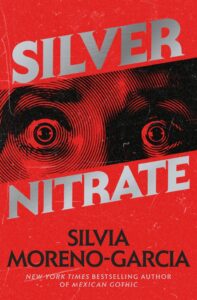
Silvia Moreno-Garcia, Silver Nitrate
(Random House, July 18)
Both of Silvia Moreno-Garcia’s parents worked in radio, so perhaps that’s part of the inspiration behind this bonkers ode to sound engineering and the (literal magical) power of the human voice. Silver Nitrate features a sound editor and a has-been actor as they befriend an elderly icon from the Golden Age of Mexican cinema, only to find themselves drawn into a vast conspiracy to harness the magic of the silver screen and bring an occult-obsessed Nazi back from the dead. This book has everything, and I could not recommend it enough!
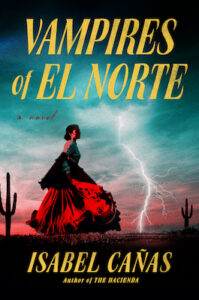
Isabel Cañas, Vampires of El Norte
(Berkley, August 29)
I loved Isabel Cañas’ lush, gothic debut, The Hacienda, and I’m psyched for her follow-up, set on the Texas-Mexico border during the 1840s, and featuring two childhood friends reunited in a battle against the undead.

